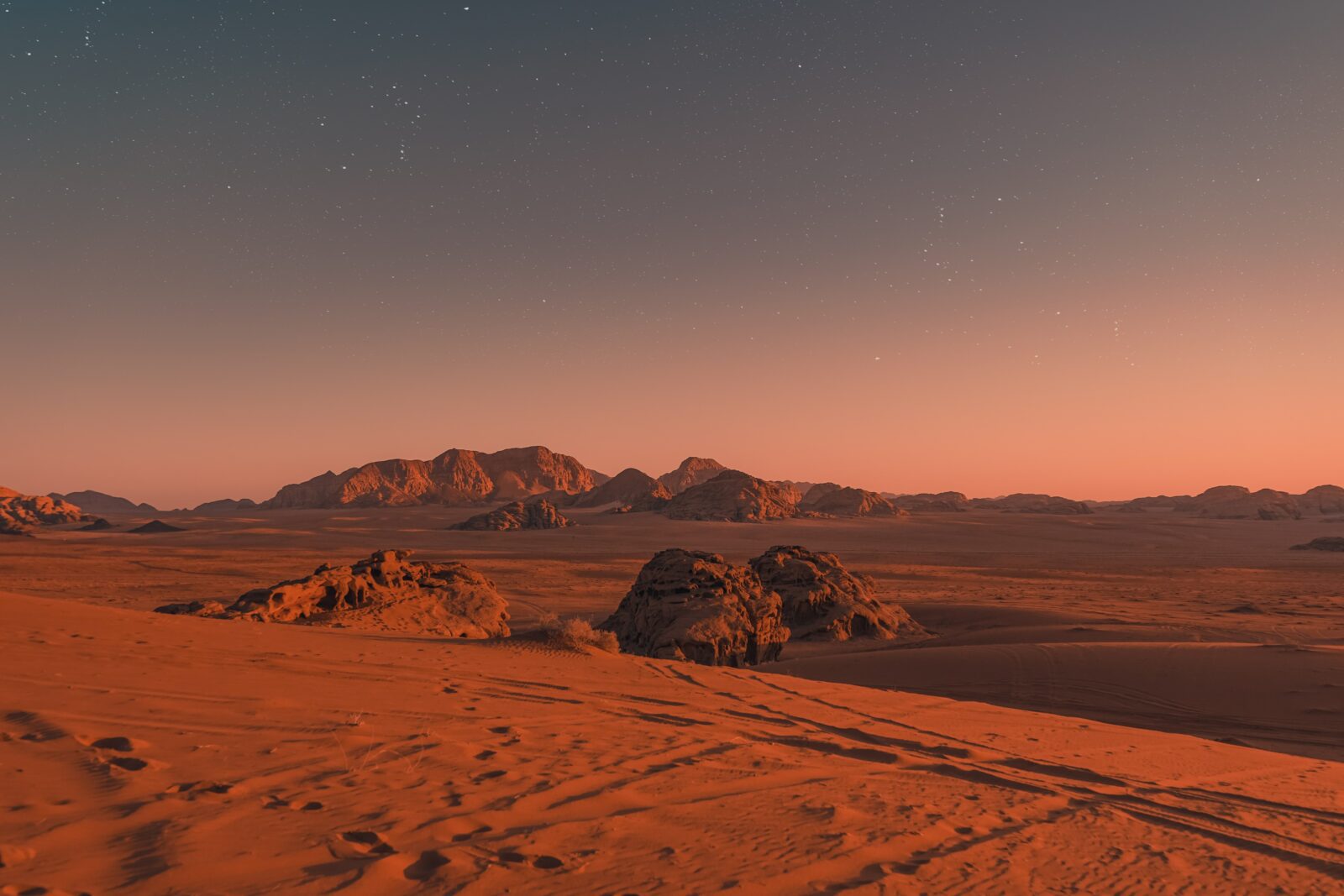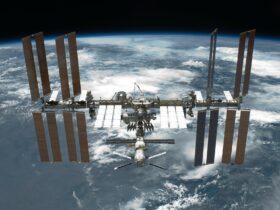Mars, the fourth planet from the sun and Earth’s closest planetary neighbor, has a relatively thin atmosphere and no magnetic field to protect it from radiation. That makes Martian weather much more extreme than that of Earth. Mars is bombarded by a ton of radiation — on average, 17 millisieverts (mSv) per person per year. For comparison, the Earth receives about 10 mSv from cosmic rays, which is about 10 times more concentrated in areas near the poles. Yet despite this constant threat, future human settlers might have a chance to shelter themselves in Martian caves, according to a newly published paper from the Icarus journal.
“Caves and their entrances have been proposed as habitable environments and regions that could have preserved evidence of life, mostly due to their natural shielding from the damaging ionizing and non-ionizing radiation present on the surface. However, no studies to date have quantitatively determined the shielding offered by these voids on Mars,” researchers explained.
The total amount of radiation in space is higher than the minimum required for plant life, and cave entrances provide protection from that radiation. In other words, caves could shelter both humans and plants from space radiation.
“Ionizing radiation doesn’t present exactly the same behavior as UV radiation. However, it is expected that ionizing radiation will also be strongly attenuated in pit craters and cave skylights,” explained the lead author of the study.
Researchers in 2009 examined and described the characteristics of a Cyanidium eukaryote red algae species growing in the Atacama Desert, which ressembles a lot of the Mars environment. Though Martian caves are far different from the coastal Atacama caves, the bacteria that manage to survive in these caves is an example of the ability of life to procreate. If the conditions on Mars are similar to those found in the Atacama, the possibility that plants could be grown on Mars is very high.












Leave a Reply